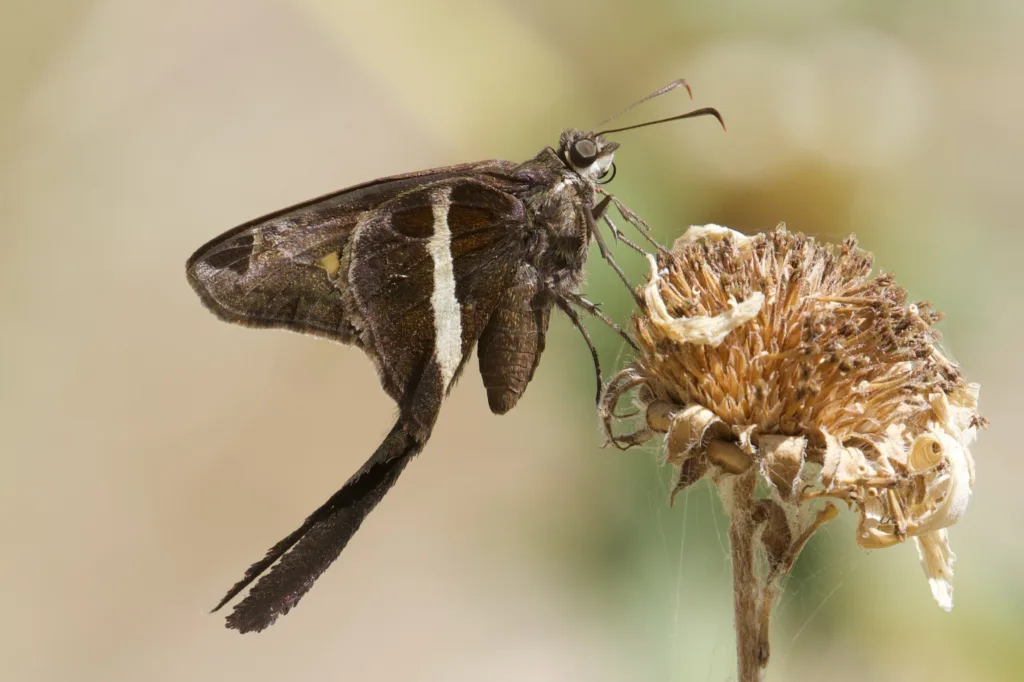
June 2023 Presentation by Zachary Tonzetich
Butterflies of Bexar County
Zachary Tonzetich will discuss some of the basics about how to get started in butterfly watching, describe some identification tips, and share photographs of his personal experiences finding butterflies in Bexar County and some of the native plants that serve as both nectar and larval hosts for butterflies in Texas. This presentation will focus on the more common species found in our area, but will also touch on some examples of rarer species that occasionally show up in Bexar County.
